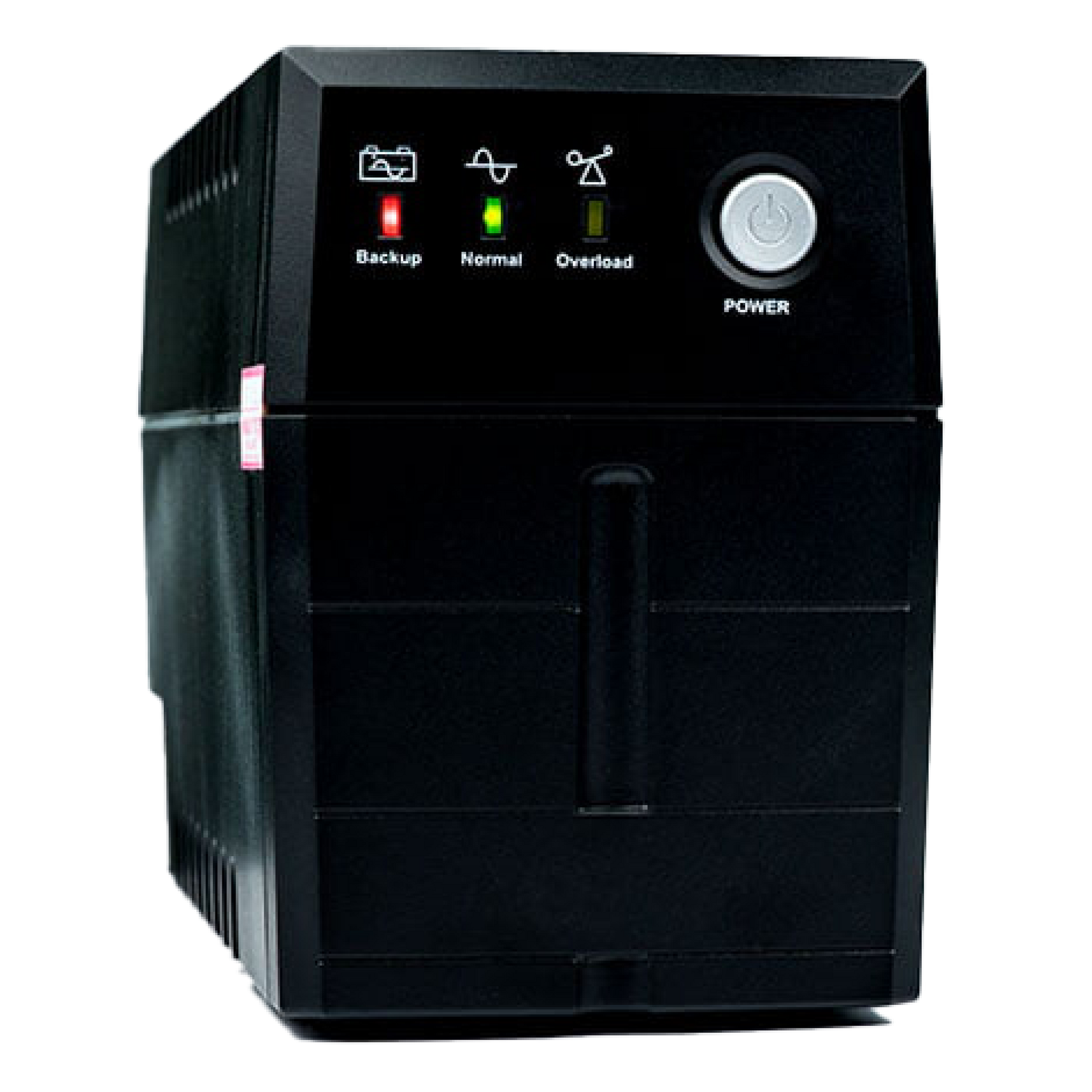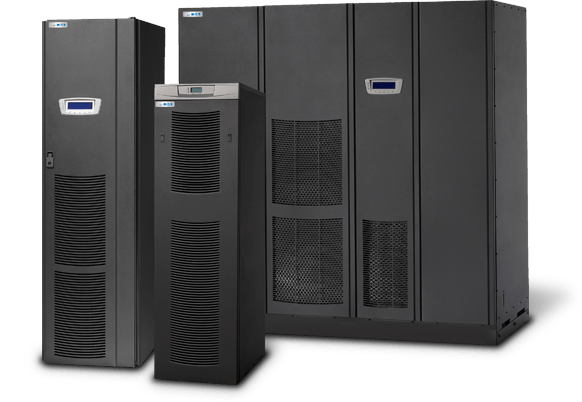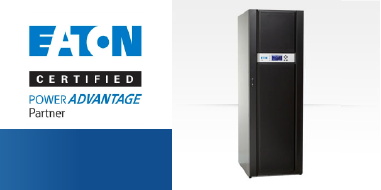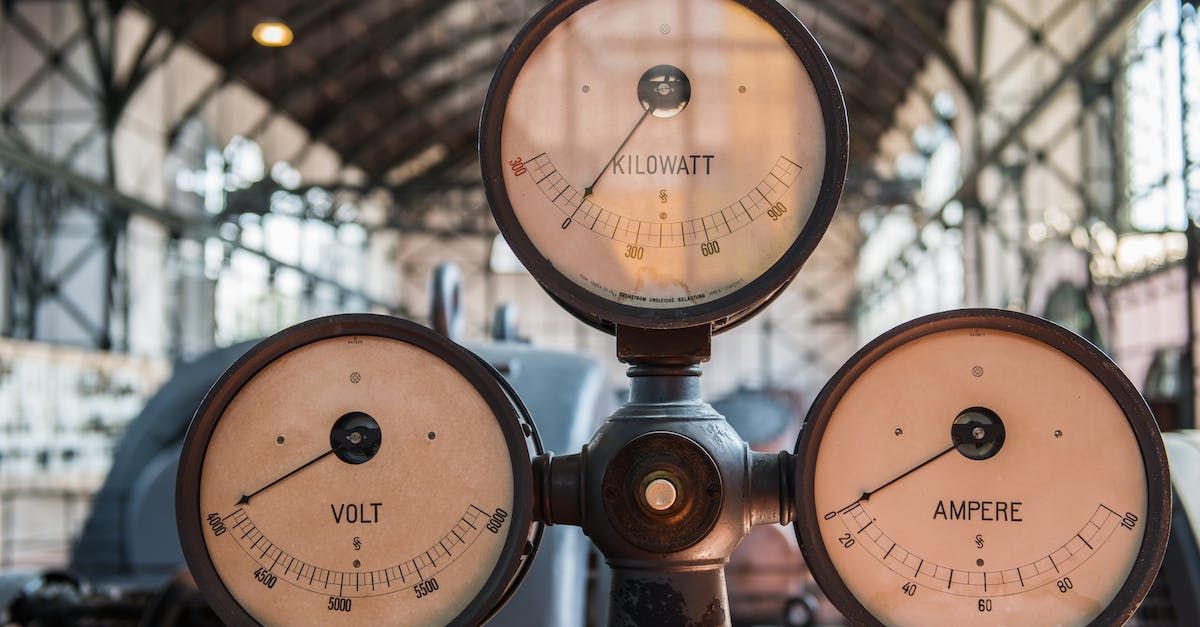ups sizing
how to size a ups system and battery backup
It’s important to know how to size your UPS. Whether single or three-phase, there are several important factors to consider when correctly sizing your UPS system. At any time you can consult our Technical Consultants to help you with this via chat, call, or email. We discuss your situation and recommend an appropriate system. Below are some general guidelines you can use to generally size a system. Customers seeking customized Lithium Ion Battery systems should call their representative.
Single Phase Loads (120v, 208v)
- VA = Volts x Amps x (square root of 3)
- kVA = 1,000 Volt Amps
Runtime Factor: Load VA vs Battery System
- VRLA battery runtime calculation (see each brochure)
- Lithium Ion Battery Runtime Calculation (see each brochure)


Single Phase loads exercise
- Volts = 120, Amps = 25 (VxA=VA) = 3,000VA or 3kVA Load
- Volts = 208, Amps = 30 (VxA=VA) = 6,240VA or 6.24kVA Load

three phase loads exercise
- Volts = 208 three phase X Amps = 50, X SR3 = 18,000VA or 18kVA
- LoadVolts = 480 three phase X Amps = 50, X SR3 = 41,569VA or 41.5kVA Load
UPS Turn-Key Installation Options
Should you wish to outsource your project as a turn-key process. Our team can manage the entire installation of the UPS System to startup. Our team can work with your internal teams or approved electricians. We also may provide our own preferred contractors to estimate the installation. Our team will estimate the rigging, electrical, site restrictions and all the variables around putting the properly sized system into your facility. This proposal will include everything to UPS Startup.
UPS Sizing Assistance
Members of our team are available to assist in the UPS system selection process. You may provide a list of equipment to us. You may need a walk through with an Electrical contact either provided by us or your own. We will assist every step of the way. UPS sizing review, UPS voltage selection, UPS Battery Runtime options are all important variables in the selection process. Proper documentation of UPS System manuals and technical information are an integral part of the process so that the installation technician or contractor can properly plan and estimate the project.
single source ups provider
Expert assistance from Technical Consultants assist in the selection process of your next UPS System.
Our team is available for Technical Review of specifications, Sizing assistance, Voltage selection, and Runtime Calculations.
Latest News
Stay up-to-date with Industrial UPS Systems' news and resources about the industry!

Contact Us
Request a Quote from a Product Specialist
Experienced Product Representatives are on hand to send you information and quotations for equipment. If you need help with sizing, installation planning, or general questions about products, please fill in the appropriate form below and someone will contact you shortly.
You may also call 844-501-1887 to get a direct product representative. Or you may chat with one of our product specialists in the chat box provided.



